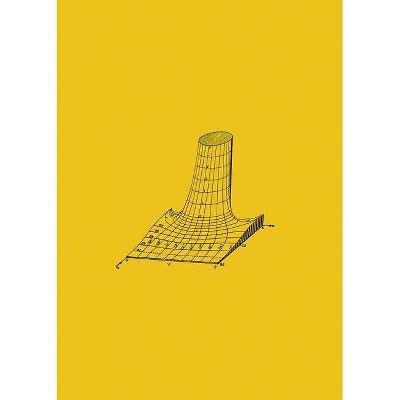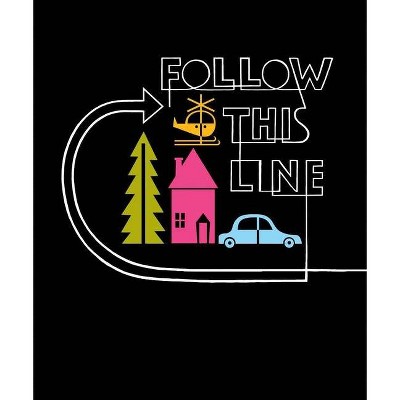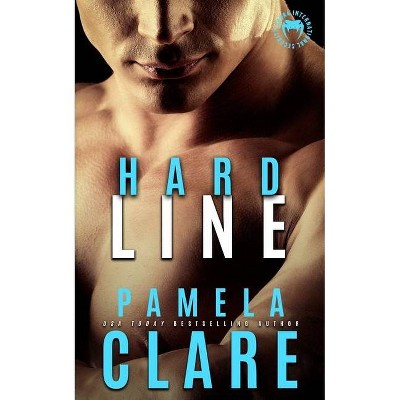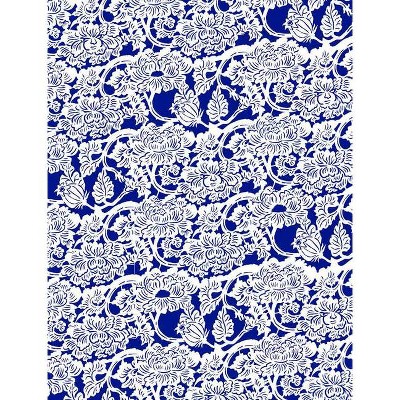Siah Armajani: Follow This Line - by Clare Davies & Victoria Sung (Hardcover)

Similar Products
Products of same category from the store
AllProduct info
<p/><br></br><p><b> About the Book </b></p></br></br>"Published on the occasion of the exhibition Siah Armajani: Follow This Line, organized by the Walker Art Center, Minneapolis, and the Metropolitan Museum of Art, New York, and curated by Clare Davies, Assistant Curator, The Metropolitan Museum of Art, with Victoria Sung, Assistant Curator, Walker Art Center."<p/><br></br><p><b> Book Synopsis </b></p></br></br><p><strong>Armajani unites art and architecture, Persian calligraphy and abstract expressionism, American vernacular architecture and Russian constructivism</strong></p><p>In Tehran, children walking home from school would scrape their pencils against the walls, tracing their paths through the city and chanting follow this line. Siah Armajani (born 1939) recounts that this simple gesture speaks to the desire to mark one's presence in space. <i>Siah Armajani: Follow This Line</i> asks visitors to follow the artist across a shifting terrain, first within the context of pre-revolution Iran, and later, postwar and present-day America. Though Armajani is best known today for his works of public art--bridges, gazebos, reading rooms--located across the United States and Europe, this groundbreaking exhibition argues for a thoughtful reexamination of his studio as the site of a rich and generative practice. His works engage a range of references: from Persian calligraphy to the manifesto, letter and talisman; from poetry to mathematical equations and computer programming; from the abstract expressionist canvas to American vernacular architecture, Bauhaus design and Russian constructivism.</p><p>Published to accompany Armajani's first major US retrospective, this catalog is his most comprehensive publication to date. Developed in close collaboration with the artist, it offers new scholarship on his six-decade-long career and also includes previously unpublished texts. Contributions by Nazgol Ansarinia, Sam Durant, Barbad Golshiri and Slavs and Tatars speak to Armajani's influence on a younger generation of artists based in the United States, Europe and the Middle East.</p><p/><br></br><p><b> Review Quotes </b></p></br></br><br>A penchant for befuddling mathematical, scientific, and literary arcana can rather daunt a viewer, with installations that invite the perusal of books ranging from the hard and social sciences to poetry.--Peter Schjeldahl "New Yorker"<br><br>Armajani is interested in complex, ultimately political ideas about social life and how they are variously theorized, enacted, fostered, regulated, limited, prohibited and/or represented. His work is also an ongoing search for the appropriate, artistic means to express complex ideas. It does not provide easy answers, but invites interested viewers to join the artist on the journey.--Andrea Kirsh "Artblog"<br><br>Born in Tehran and having made his home in Minneapolis, historical and familial references abound in this artist's body of work that draws in equal measure from the arts and the sciences. For six-decades, Siah Armajani has contributed a profound philosophy on public art, helped pioneer the integration of new technologies into the arts, and mined boundaries between art and architecture.--Shiva Balaghi "Hyperallergic"<br><br>Pack your eyeglasses: there's much detail to consider here, from numerical equations to the lilting Farsi script Armajani used to cover early canvases and paper vestments.--Evan Moffitt "Frieze"<br>
Price History
Cheapest price in the interval: 47.49 on October 22, 2021
Most expensive price in the interval: 47.49 on November 8, 2021
Price Archive shows prices from various stores, lets you see history and find the cheapest. There is no actual sale on the website. For all support, inquiry and suggestion messagescommunication@pricearchive.us




















